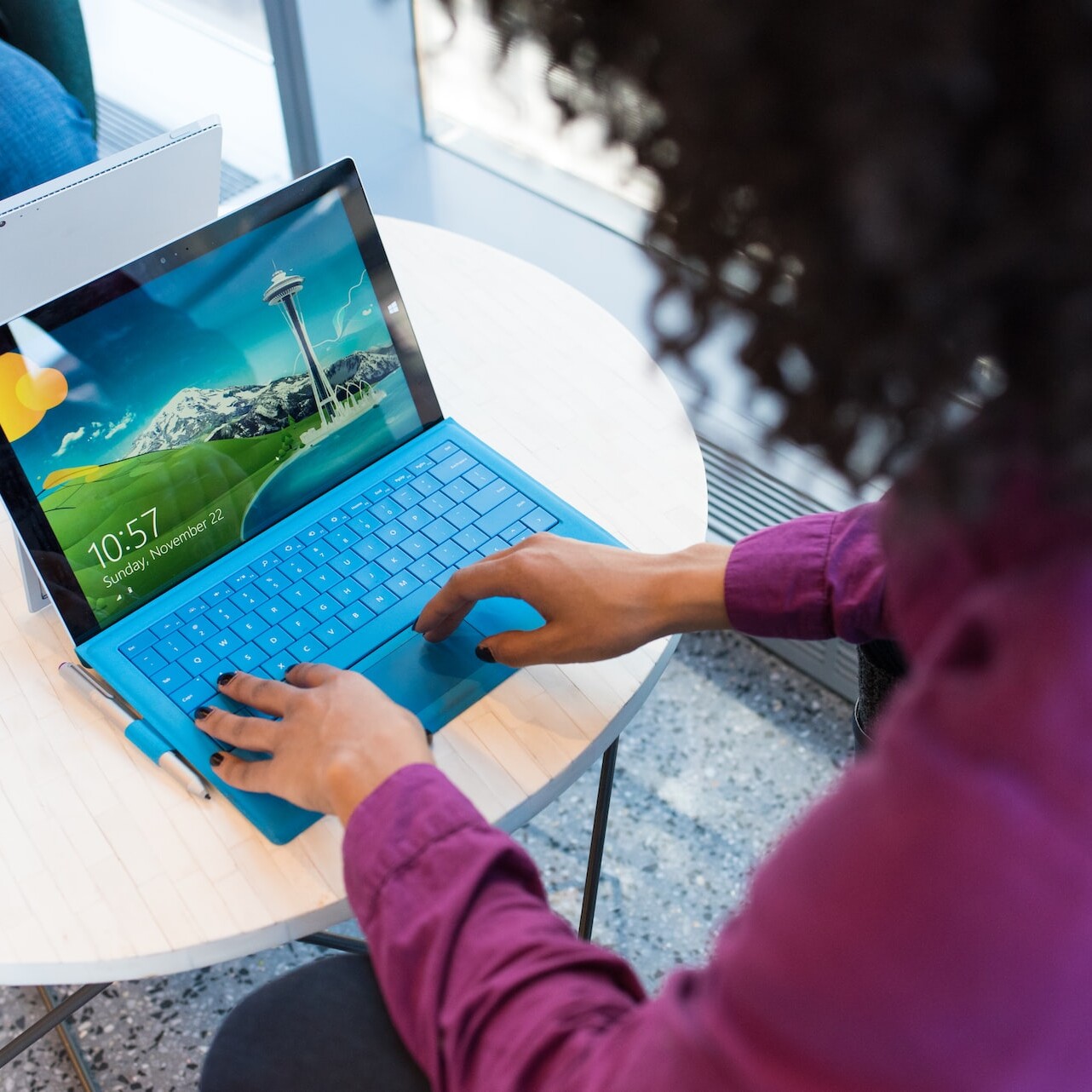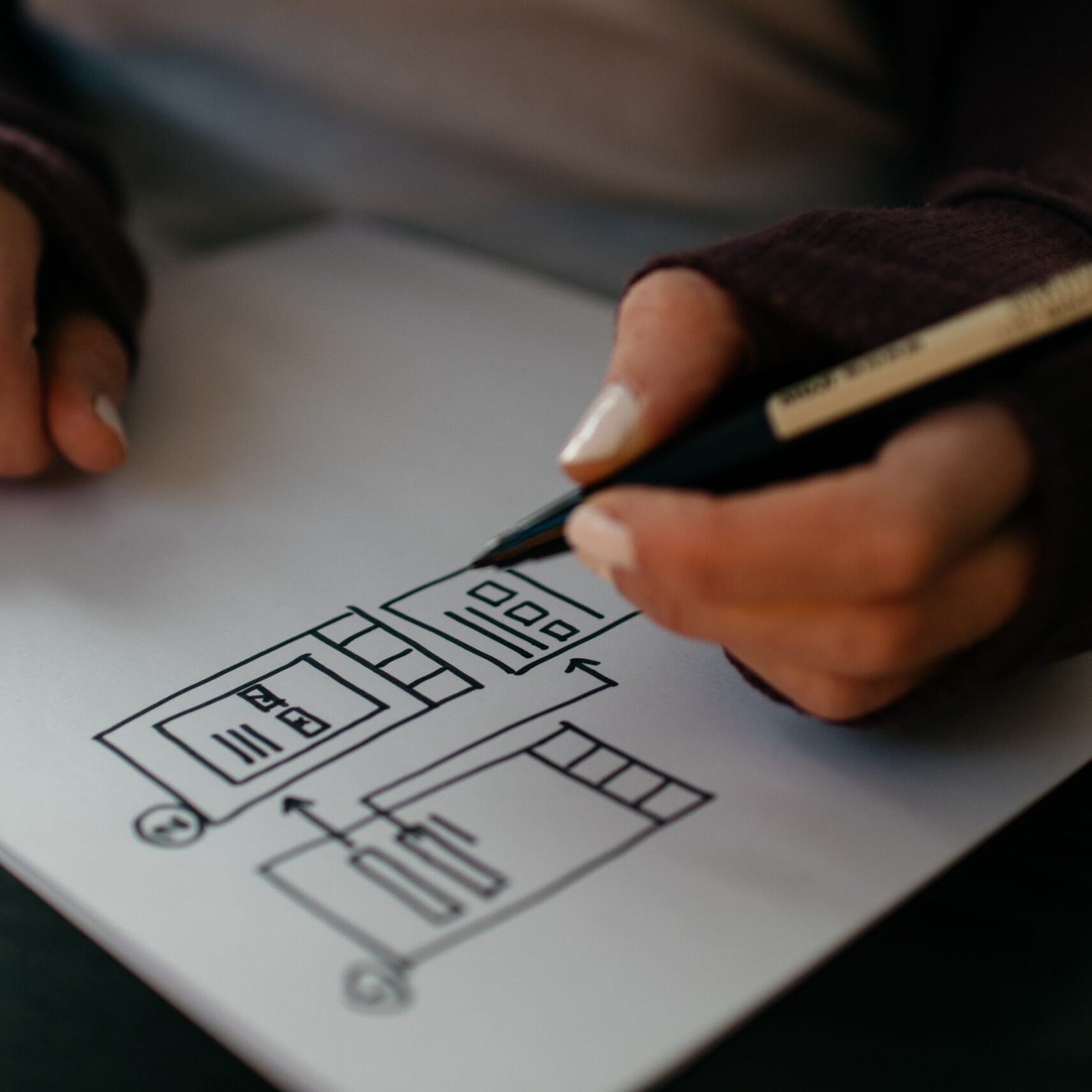The Interaction Design and Usability Connection
Understanding the way users interact with your site is crucial in determining what improvements or tweaks are needed – optimal website usability is, of course, a top priority.
Directly integrated within web usability, interaction design is greatly focused on satisfying the needs and goals of the intended product users, implementing a heavy focus on designing with stakeholders in mind. Optimal web usability calls for an intuitive user experience, and all possible users (both current and new) must be taken into consideration. The designers that begin this process must be aware of the key aspects that will evoke emotions and calls to action in their target audience – and these emotions must remain positive, avoiding negative associations that could be detrimental to product success.
Interaction design in its most basic definition is about building a digital environment for users, designing interactive digital products, environments, systems and services. It is more than just building systems, though – it is idea production at its core. By looking closely at the human and digital connection, interaction designers can optimize the flow of process by a user making apps and sites more user-friendly. What makes this so fascinating is the process of imaging things as they might be, as opposed to how they are (or how they seem to be on the surface), allowing for loftier creative spaces and freedom to think outside the box.
The parts and pieces that comprise Interaction Design are a culmination of user experience (UX) best practices. Interaction designers must approach the process from a lower-tech, more humanistic perspective as the goal is to create a system that speaks the language of the user and use familiar concepts.
There are a few layers to this type of design, ones that are logical but not always realized since their crucial functions all come together in a well-oiled machine. Great content plays an important role, as users will glean necessary information architecture that make up the foundation of their interaction with your website. Remaining concise yet instructional will lend a professional quality to your site and, obviously, tone is everything. These words are complemented by visual designs, as information is also gathered and stored in the visual cortex of the brain, cementing associations with the brand. A third layer involves the space in which the user interacts with the designs – the website itself, and how comfortable they find themselves as they pass through and explore. Approach this as though you were designing your home – what color schemes soothe the eye, how much space do you want (do you prefer a clean look, or are you most efficient with all of your tools spread in front of you?), and what kind of impression do you want to make on your audience…all of these points must be considered in the interactive design process. The final layer is determined mostly by the user: the behaviors that are created as a result of the website interaction.
All resources spent on interaction design could easily be allocated to usability. Optimizing a digital environment to be predictable and consistent while maintaining engagement and comprehension is a multi-faceted task. Understanding user personas and clear pathways in previous steps can helps to increase usability at a faster delivery rate. This is a IxD step that brings many concepts of usability to the forefront. Working to understand the digital user through interaction design, realizing that behind every screen, there is a real person – can greatly help to heighten a true connection with an audience.
Of course, it is impossible to appeal to every single user, seeing as personality, experience and mental preferences change rapidly and vary by each individual. However, as long as a clear goal and design process is strategized in advance, users will clearly see the mission of the organization and have a positive, efficient experience with the website and its usability.
Related Articles
Navigating Usability Testing for Effective UX Design
June 19, 2024
The Future of User Experience
March 18, 2023



